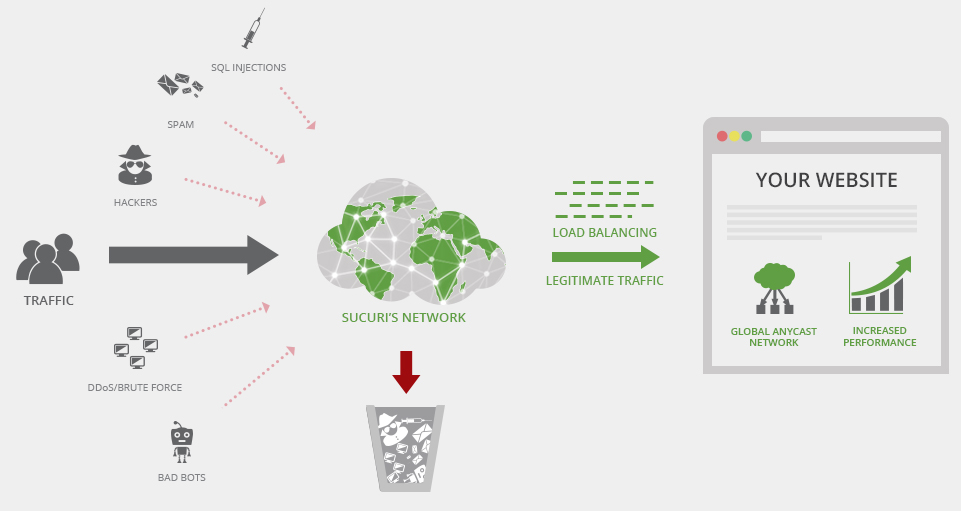Could attack vectors used in Russia and Ukraine cyberattacks target Southeast Asia?
There is a myriad of attack vectors today that continue to cause problems to organizations. In fact, the two biggest ones to organizations for years are malware and ransomware.
According to Fortinet’s FortiGuard Labs Global Threat Landscape Report, threat intelligence from the second half of 2021 revealed an increase in the automation and speed of attacks demonstrating more advanced persistent cybercrime strategies that are more destructive and unpredictable.
The report also showed that threat actors continue to attack organizations with a variety of new as well as previously seen ransomware strains, often leaving a trail of destruction. Old ransomware is being actively updated and enhanced, sometimes with wiper malware included, while other ransomware is evolving to adopt Ransomware-as-as-Service business models.
Russia’s invasion of Ukraine defines exactly what modern warfare involving attack vectors is all about. While armed conflict on the ground continues to be the main focus, the cyber warfare in the conflict is probably the biggest ever witnessed in the world.
Both countries have been using hackers and cybercriminals to launch cyber attacks on each other. While the world’s largest cybercriminal groups have pledged their support to Russia, Ukraine has appealed to hackers and hacktivists in the hacker network to defend them and also launch counter-attacks.
Both sides have been getting positive responses from the hackers. Hacker groups like Anonymous have already launched several successful cyberattacks on Russia while pro-Russian ransomware gangs have also crippled infrastructures and websites in Ukraine.
One attack vector that has been making headlines is the Hermetic Wiper malware. The malware can wipe out all the data on the system it has infected. What makes it more concerning is that the deleted data is unrecoverable. Some cyber security experts feel that this malware has spread widely and could potentially wreak havoc outside of Ukraine.
While the malware is focused in Ukraine, there is a strong possibility that the attack vector could be adopted by cybercriminals to launch attacks in other parts of the world. For example, Southeast Asian businesses, which are prone to…





